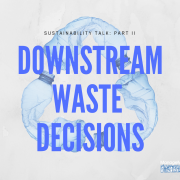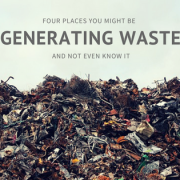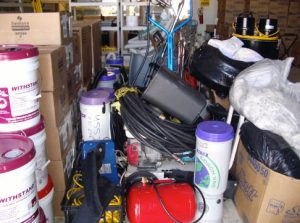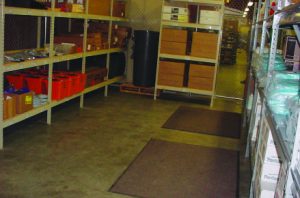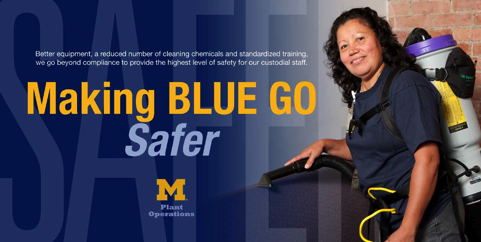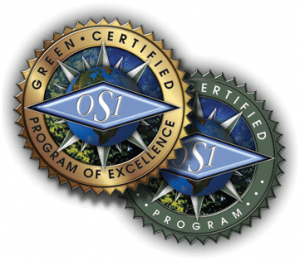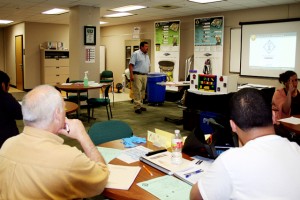Sustainability Talk II: Steps for Eliminating Downstream Waste [with INFOGRAPHIC]
We’re back for part two of our trash talking, the focus of our Earth Month series. In part one, we looked at upstream decisions you can make to eliminate waste, through source reduction or sustainable purchasing practices—basically making smart decisions about the products you purchase before they even enter the building. Today we’re looking at downstream initiatives for waste reduction. This includes recycling, composting and reuse strategies.
While most of us call it “trash,” the technical term for garbage is municipal solid waste, or MSW. This covers everything we use and then throw away, such as product packaging, bottles, food scraps, paint, old equipment—basically anything you put in your trash can. While many facilities have recycling programs in place, the EPA estimates that 75 percent of the waste stream is recyclable, but that we only recycle about 30 percent of that total.
Approximately HALF of the 254 million tons of trash generated in the U.S. each year comes from businesses. All that trash has to go somewhere, and the result is growing landfills. This is just one startling graphic from Fast Company that shows just how much of the U.S. is covered in landfills.
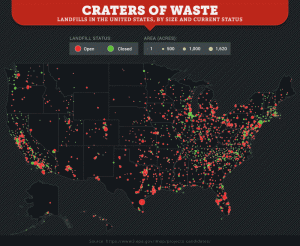
Downstream MSW reductions can be made through some fairly simple steps within your facility. If you’re not already using the ENERGY STAR Portfolio Manager to track your rate, energy and water use over time, that’s a good place to start. This will allow you to measure the success of your programs and see what’s working — and what’s not.
Here are three categories you can use for separating downstream waste:
Reuse: When you can’t eliminate waste at the source, look for alternative uses for products. For example, you might be able to use materials received for inbound shipments for outgoing shipments. You might also be able to partner with a local business that can reuse your waste, such as plastic bottles, old buckets or equipment.
Recycle: Recycling not only helps reduce the amount of virgin materials used in the manufacturing of goods, it also supports jobs in the recycling industry. Common types of recycling include single stream (all items go into the same bin and the recycler handles sorting), paper and cardboard, source separation (sorting materials at the facility) and eWaste (electronic waste).

Compost: Organic waste, such as certain types of food scraps, yard waste and even some types of containers can be composted and used as a fertilizer. If you have an onsite cafeteria or if you work in the hospitality industry, this could be an excellent waste diversion strategy.
As we mentioned in part one, a good first step to identifying ways to effectively reduces your MSW is to conduct an audit of your current waste stream so you have a benchmark for your program. If you don’t have a recycling program in place, start small by focusing on items such as paper and/or plastic. More advanced programs might look at options for composting food waste, which help reduce the amount of methane gas emitted from landfills.
Reducing MSW isn’t just about limiting material going to the landfill, it can also be good for business. Millennials want to work for employers committed to sustainability. People want to do business with sustainable brands. If you’re not recycling at work, let Earth Month be the month you begin your program. Good luck!
Additional resources:
- https://www.epa.gov/smm/advancing-sustainable-materials-management-facts-and-figures-report
- https://www.epa.gov/smm/recycling-economic-information-rei-report
SaveSave

